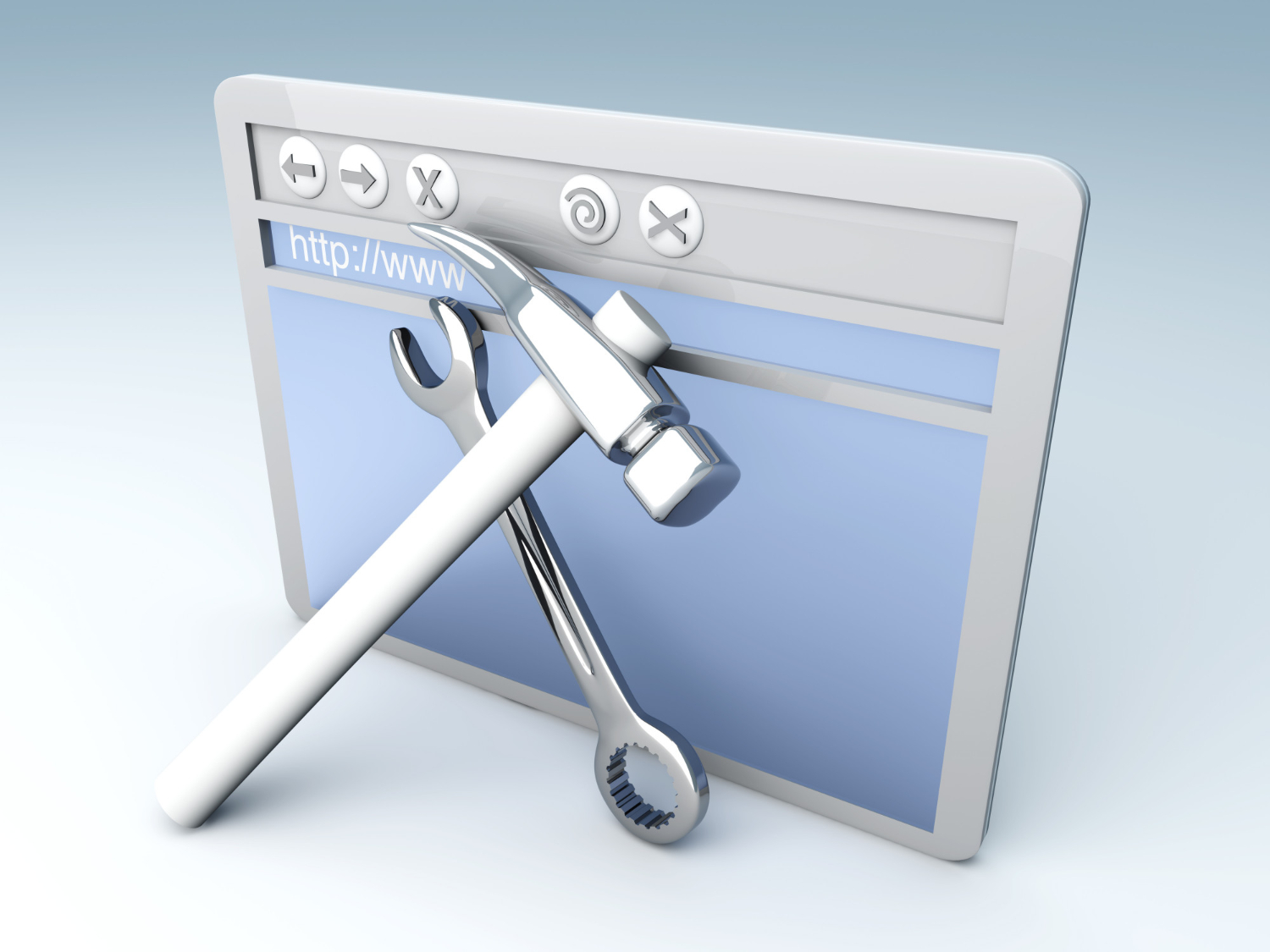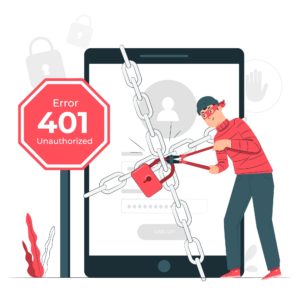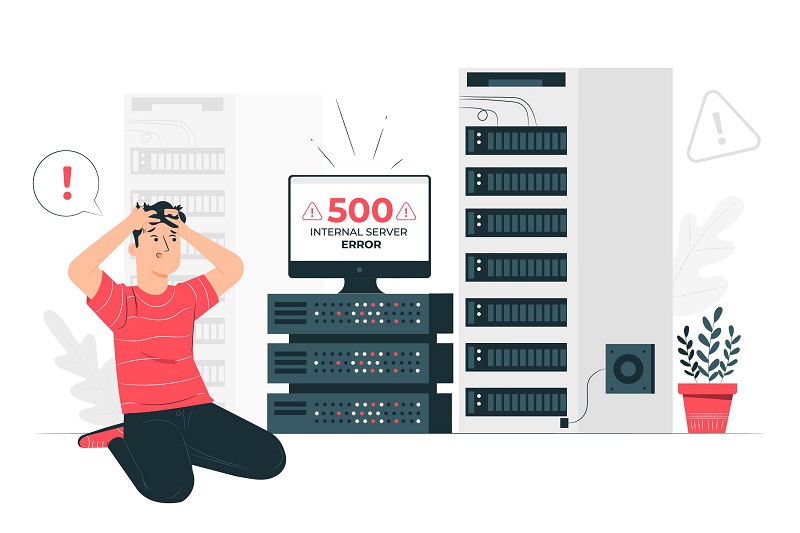
May 30, 2021, 0 Comments
HTTP Error, Common Codes: How to Fix Them with Easy Steps
What are HTTP error codes?
HTTP status codes are responses issued for a client’s request made to a server. For example, when you (your web browser) try to connect to your Facebook site (the server).
Based on how the request is handled, the server indicates specific responses. These responses encompass redirects, server errors, customer errors, and others as such. HTTP error codes, now, are not a section of internet pages; instead, they are responses from servers about how the request is handled.
Now that you know what they are, let’s look at some of the most common HTTP errors and status codes and how to resolve them. The seven most common HTTP errors and status codes
“404 Not Found”
The first in our list of HTTP error codes is 404

The 404-status code is a common HTTP error code on the web. This HTTP response will be generated when the page the user is looking for cannot be found on the server. There may be many reasons for the 404 error. It may be that the webpage or URL was deleted by the webmaster. You made a mistake (because this is a client error).
Usually, when the page that the link points to has been moved or deleted, or when the URL changes, the link will be broken. In these cases, the link you originally added to the content no longer takes the visitor to the right place. Usually. Instead, it displays a 404 error.
How to fix it?
Sometimes, broken links will appear on every website, but fortunately, they are easy to use. No need to try to find and fix these links manually (this may take several hours), you can use special plugins (such as Broken Link) to do this in a few minutes. Broken Link Checker: Using this tool, you can quickly search for broken links and start the process using autopilot.
“401 Unauthorized”
401 indicates that the server received an unauthenticated request. This error indicates that the page could not be loaded for some reason due to invalid credentials.

How to fix it?
The login URL may have changed, or the URL you entered may be incorrect. However, if this is not the case, please clear your browser’s cache and cookies.
“500 Internal Server Error”
A 500 Internal Server Error could be a generic error that displays once
something is wrong with your server. as a result of it’s a generic error
the message, there are a variety of various causes together with problems with
WordPress plugins, PHP issues, database connectivity problems, and more.

How to fix it?
Most of the time, you can have the 500 internal server error solved in 5 steps:
- Turn on debugging
- Deactivate all plugins
- Check your .htaccess file
- Increase your memory
- Ask your host
“301 Moved Permanently”
HTTP 301 is the time when a specific webpage is moved to another URL. This is not an error in itself, but it provides important information. It may be that your page level is even mentioned on your homepage in another similar post. Subject) or domain level.
How to fix it?
Check your redirection settings to make sure the redirection is correct. If you use any plugin, try to change it using redirects. If you use a .htaccess file for redirection, please make sure you did it correctly.
“302 Found”
302 is used for temporary redirection. The response tells the search engine (ie Google, Bing) that the page is temporarily moving and will eventually return to the original URL. If the operation is correct, the user will be redirected to another URL within a few seconds.
How to fix it?
Method 1. Check the server configuration. The first step in determining the 302-response code is to look at the required redirection instructions in the webserver program configuration file.
Method 2: Find the RFC RFC statement 302 Found response code of the old software HTTP is to indicate that the client should perform a temporary redirection.
Method 3. Clear the log. Almost all web applications store logs on the server. The application log is usually the historical record of the application, such as B. The page pulled from the provided database, the requested server, and the connected server, etc.
“410 Gone”
410 Missing client error response code indicates that access to the target resource on the source server is no longer available, and this state may persist.
How to fix it?
- Check the requested URL. The most common cause of a 410 Gone error is a wrong URL. As mentioned above, many web servers have good security, so they are not allowed to access invalid URLs that the server does not want to access. Access the file directory through the URL to try to access a private page dedicated to other users.
- Debugging and releasing platforms If you run the released software packages on servers that respond to the 410 Gone error, the first thing to do is to analyze the stability and functionality of these platforms.
- Rollback Recent Upgrades
- Check for Unexpected Database Changes

Recent Comments